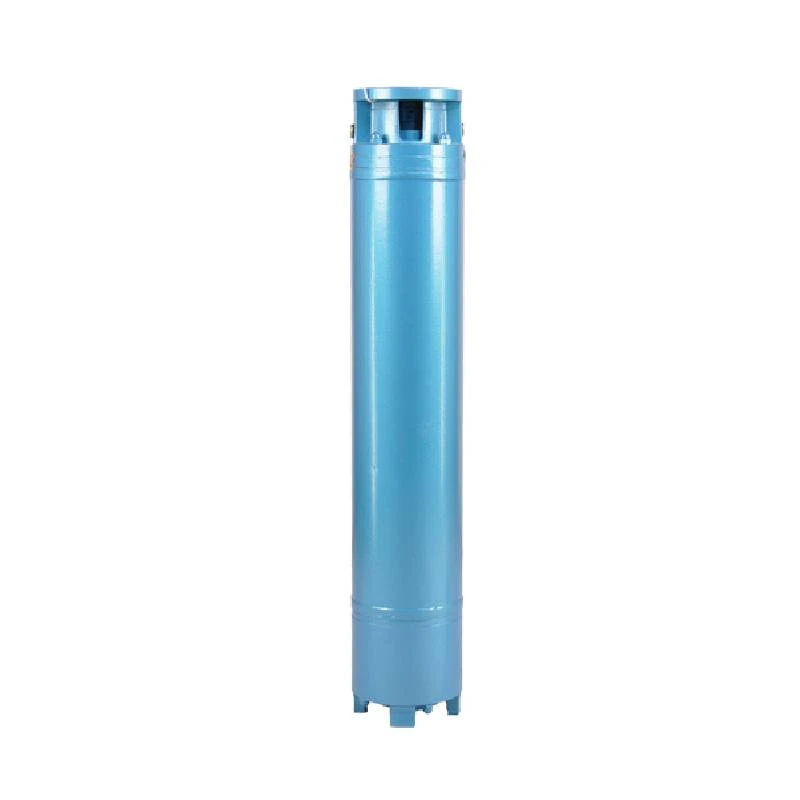ធ្នូ . 31, 2024 18:23 Back to list
Troubleshooting a Submersible Sump Pump That Is Not Functioning Properly
Troubleshooting a Submersible Sump Pump Not Working
A submersible sump pump is a vital component for managing excess water in basements, crawl spaces, and areas prone to flooding. However, like any mechanical appliance, it can occasionally fail to operate as expected. If you've found yourself facing a non-functioning submersible sump pump, this article provides a systematic approach to diagnosing and solving the problem.
Understanding Submersible Sump Pumps
A submersible sump pump is designed to be submerged in water, making it an effective solution for removing water from below ground level. It consists of a motor, a pump impeller, and a float switch that activates the pump when the water level rises to a certain point. The compact design allows it to operate discreetly within a sump pit, efficiently pumping out water until levels return to normal.
Common Reasons for Pump Failure
When a submersible sump pump stops working, various factors could be at play
1. Power Issues The most straightforward reason for pump failure is a lack of power. Check if the pump is plugged in and whether the outlet is functional. A tripped circuit breaker or blown fuse can also lead to power issues.
2. Float Switch Malfunctions The float switch is crucial for activating the pump. If it's stuck in the off position or is malfunctioning, the pump won't start. Check for any obstructions or debris that might be preventing the float from moving freely.
3. Clogged Impeller Over time, debris, dirt, and debris can clog the impeller, preventing it from functioning correctly. Disassemble the pump as per the manufacturer's instructions and inspect the impeller for blockages.
4. Aging Equipment Like all mechanical devices, sump pumps have a lifespan. If your unit is several years old, it may be time for a replacement. Look for signs of wear, rust, or damage that could indicate a failing pump.
5. Pump Overheating Continuous operation without breaks can cause the motor to overheat and shut down. Ensure the pump is not running constantly, and check for signs of overheating, such as a burning smell or unusual noise.
submersible sump pump not working

6. Incorrect Installation If the sump pump was not installed correctly, it may not function as designed. Ensure the discharge pipe is free from kinks and clogging, and that the pump is positioned correctly in the sump pit.
Steps to Troubleshoot Your Sump Pump
Here’s a step-by-step guide to diagnosing your submersible sump pump
1. Check Power Supply Begin by ensuring the sump pump is plugged in and that the electrical outlet is working. You can test the outlet by plugging in another device.
2. Inspect the Float Switch Look for any stuck components. Manually lift the float to see if the pump starts. If it does, there’s likely an issue with the float mechanism.
3. Examine the Discharge Pipe Ensure that the discharge pipe is not clogged or frozen. Look for any visible blockage that could prevent water from flowing out.
4. Clean the Sump Pit Remove any debris or sediment that may have accumulated in the sump pit. A clean pit can prevent future issues and ensure the float operates correctly.
5. Test the Impeller If accessible, check the impeller for debris. Remove any clogs gently and reassemble the pump before testing it again.
6. Consider Replacement If your pump is old, noisy, or shows signs of wear, it might be time to consider replacing it. Investing in a new, high-efficiency pump may save you trouble in the long run.
Conclusion
A malfunctioning submersible sump pump can lead to significant problems, particularly in areas susceptible to flooding. By understanding the common causes of pump failures and following a systematic troubleshooting approach, you can identify and resolve the issue quickly. Regular maintenance, such as cleaning the sump pit and testing the pump, can also help ensure the longevity and reliability of your sump pump system. Don’t wait for the next storm; take action now to safeguard your home from water damage.
-
submersible-sump-pump-auto-drainage-for-crawlspaces
NewsAug.22,2025
-
solar-powered-stainless-steel-submersible-well-pump-setup
NewsAug.22,2025
-
stainless-steel-well-pump-flow-rate-optimization
NewsAug.22,2025
-
water-filled-submersible-pump-fish-farm-oxygenation
NewsAug.22,2025
-
submersible-pump-in-aquaculture-and-fish-farming
NewsAug.22,2025
-
deep-well-submersible-pump-for-drought-areas
NewsAug.22,2025
-
 submersible-sump-pump-auto-drainage-for-crawlspacesCrawlspaces, those narrow areas beneath homes, are prone to water accumulation due to leaks, groundwDetail
submersible-sump-pump-auto-drainage-for-crawlspacesCrawlspaces, those narrow areas beneath homes, are prone to water accumulation due to leaks, groundwDetail -
 solar-powered-stainless-steel-submersible-well-pump-setupHarnessing solar energy to power stainless steel submersible well pumps is a sustainable and coDetail
solar-powered-stainless-steel-submersible-well-pump-setupHarnessing solar energy to power stainless steel submersible well pumps is a sustainable and coDetail -
 stainless-steel-well-pump-flow-rate-optimizationIn various applications like agriculture, domestic water supply, and industrial use, the flow rate oDetail
stainless-steel-well-pump-flow-rate-optimizationIn various applications like agriculture, domestic water supply, and industrial use, the flow rate oDetail
